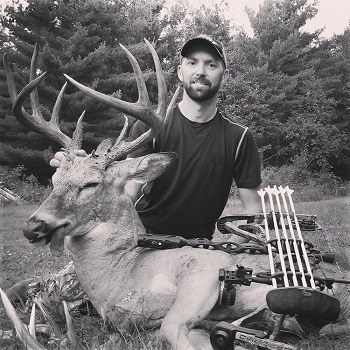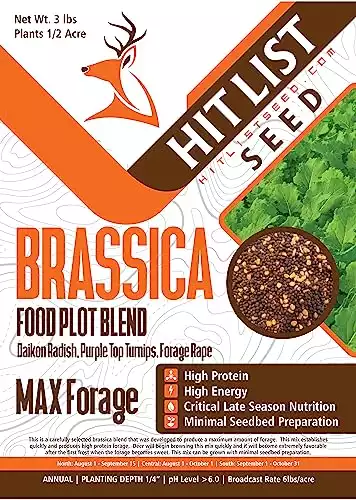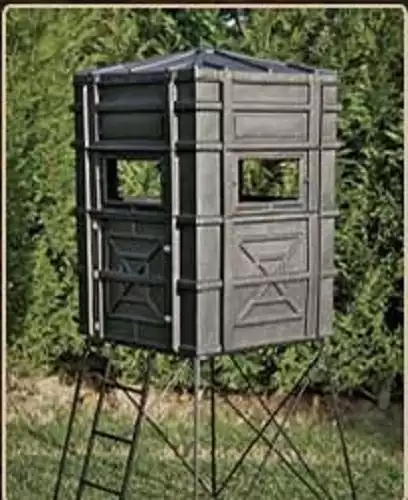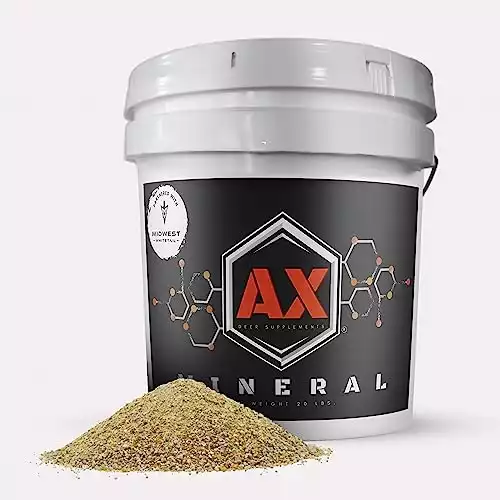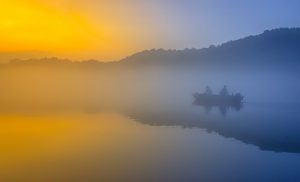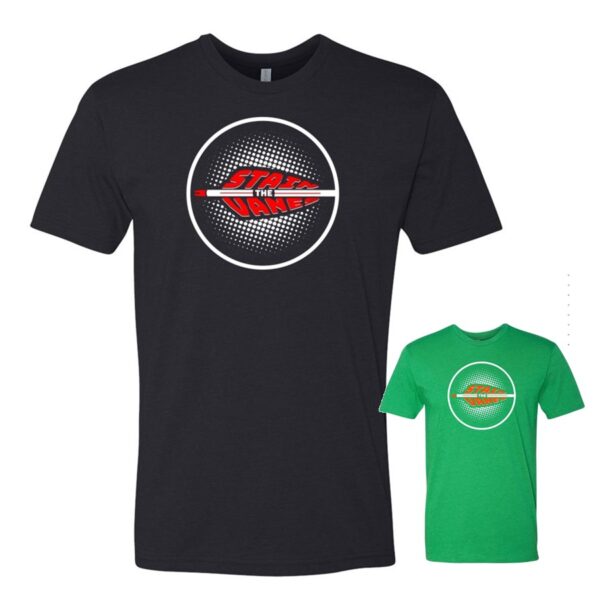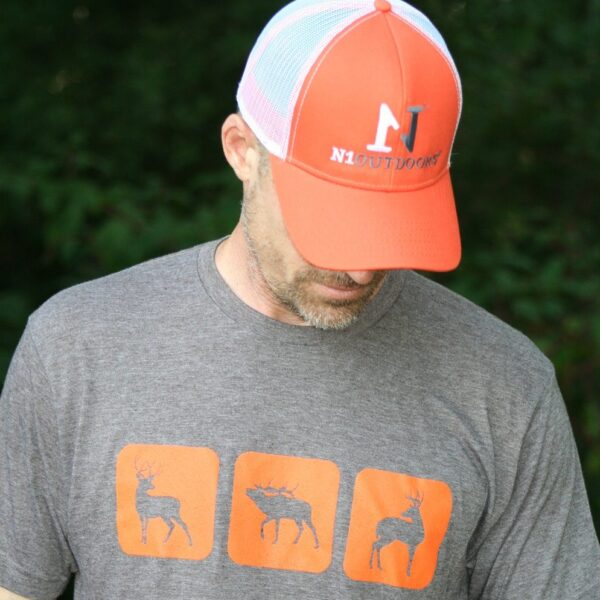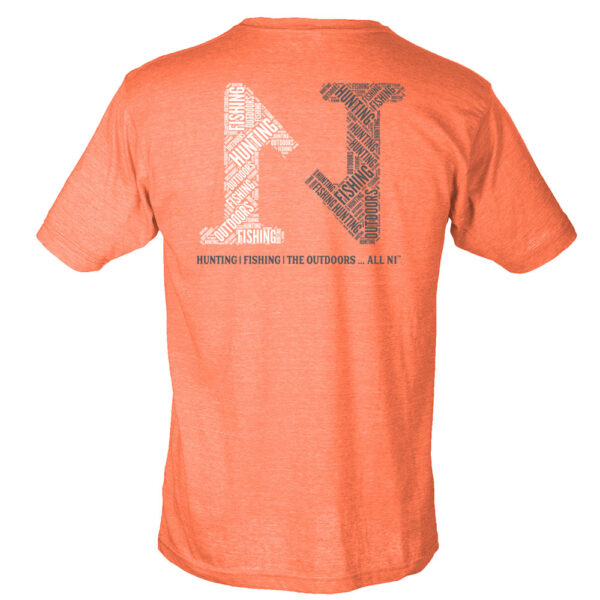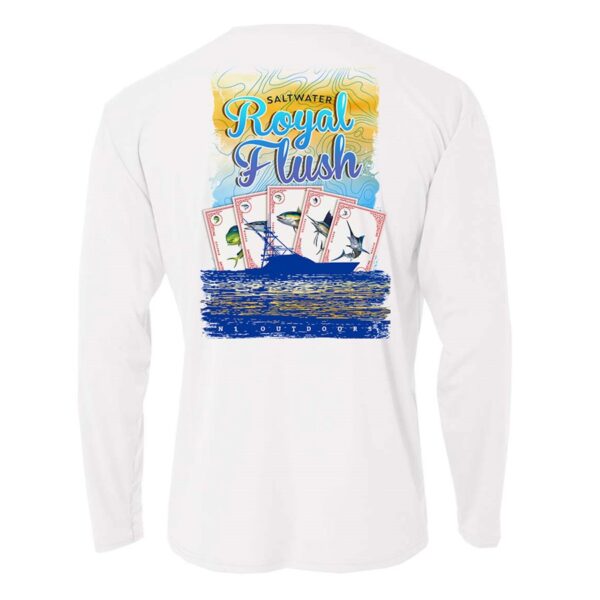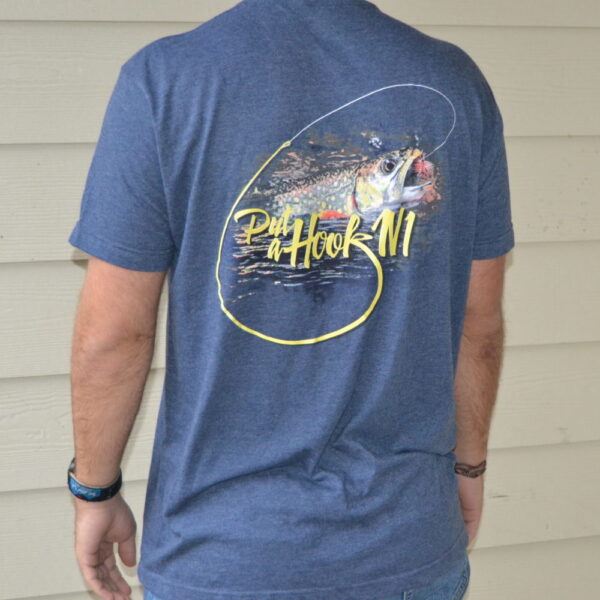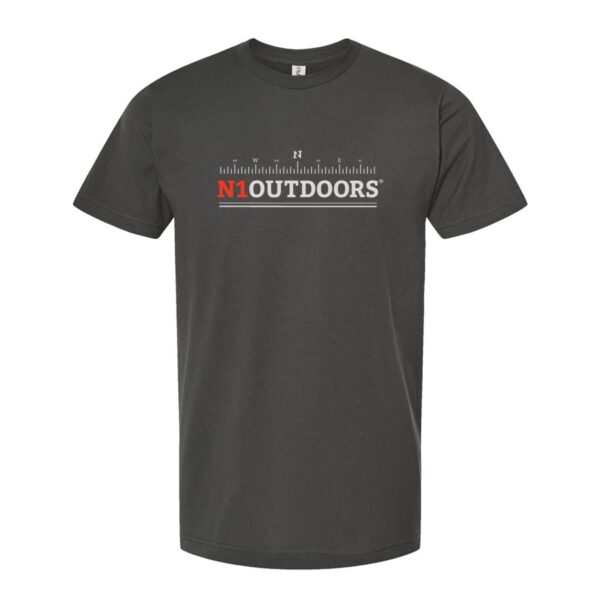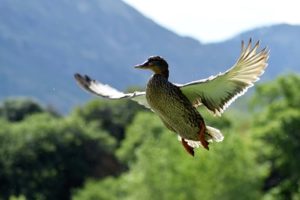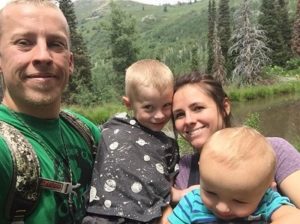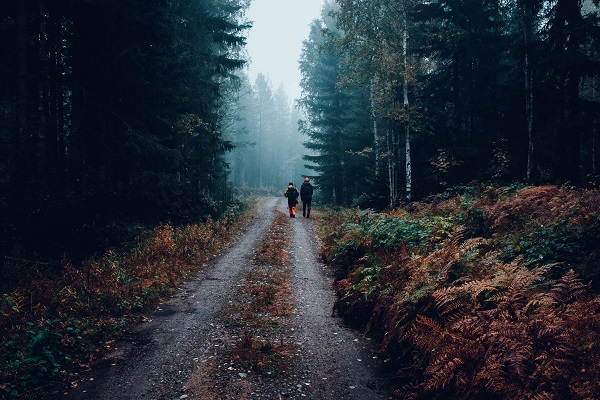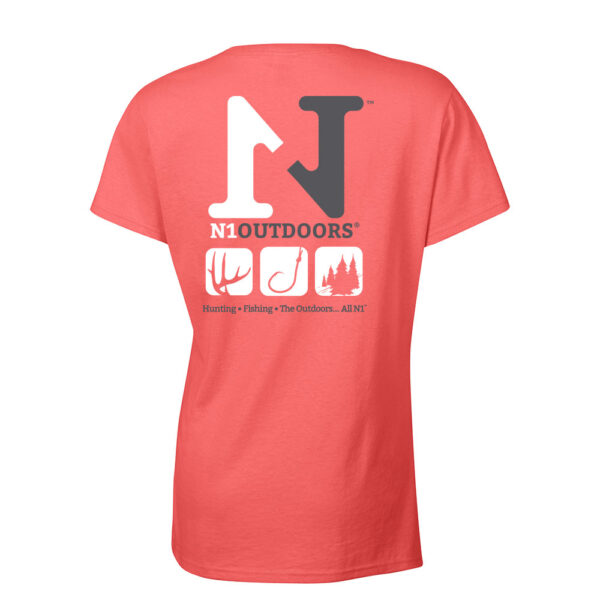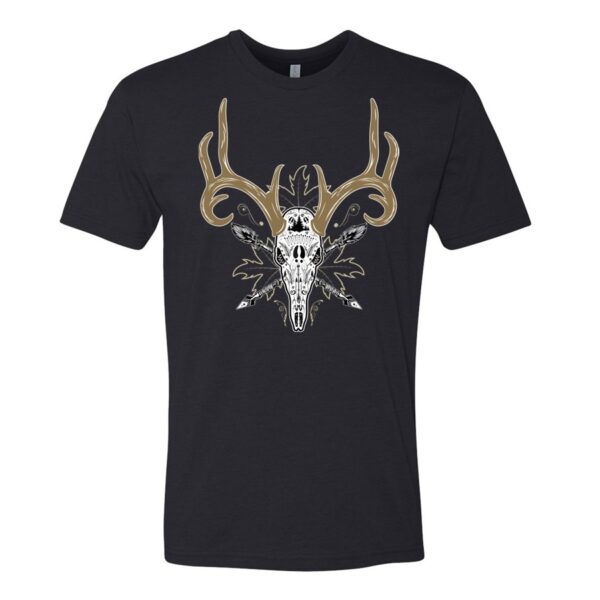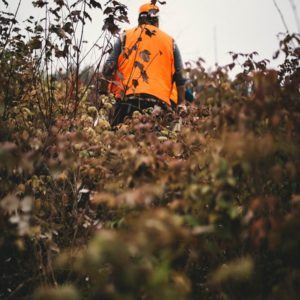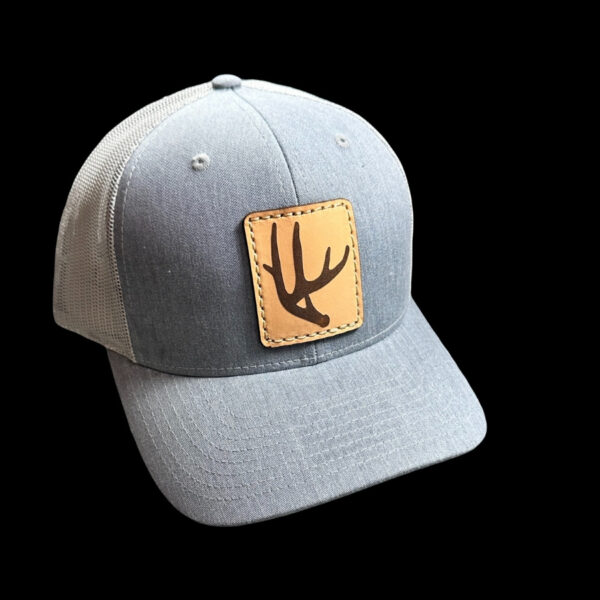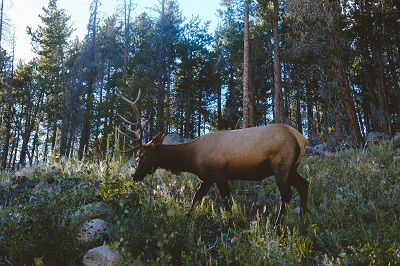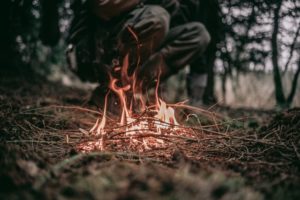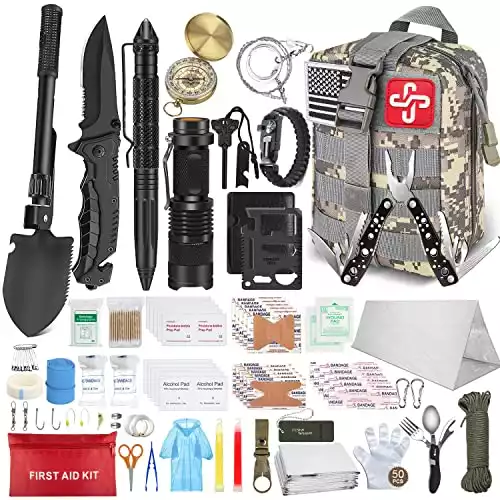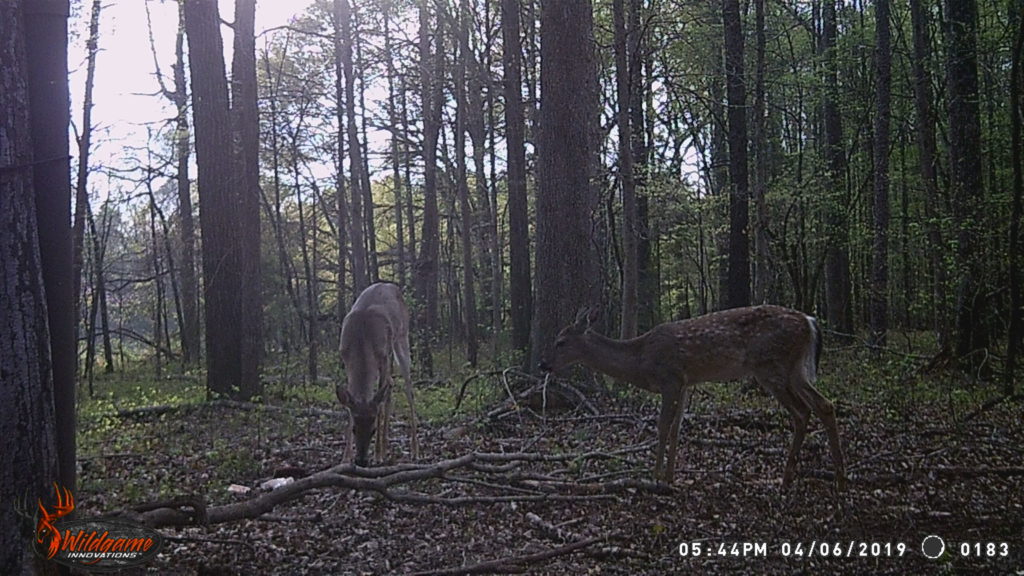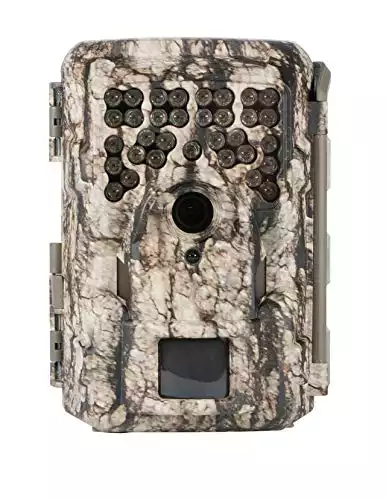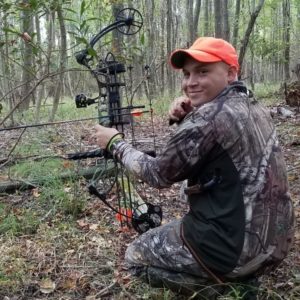I absolutely love the white-tailed deer. In fact, my 365-day-a-year obsession over whitetails is almost haunting. I am so happy and grateful to be able to do what I love and to also share my knowledge and love of big whitetail bucks with my clients.
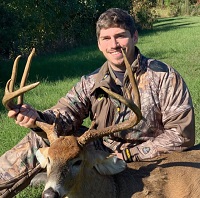
Is your property fulfilling its potential in producing bigger bucks?
When I meet with clients at their hunting properties (whether owned or leased land), I focus on the three basic necessities of deer: food, water and cover.
These three important components are critical for whitetails (and any other animal that calls your property home) to be able to thrive.
I also focus on attracting and holding those big trophy bucks on your hunting land as long as possible during daylight hours.
You may be wondering how YOU can grow bigger bucks on your property or leased land. So, let’s get started...
To properly address these three basic necessities, there some questions that must be answered about the deer habitat on your property. So, let’s now break down the five steps to improving your property or lease for bigger whitetails.
#1: How are you entering and exiting stand locations?
Access is the first thing I always want to address when taking on a new property. How are you accessing your property and stand locations?
What are the prevailing wind directions?
Although not always practical, access from the outside perimeter of the property is always best.
Outside Perimeter
In a perfect world, every property should be set up with outside perimeter access. However, it’s understandable that there are situations where this may not be possible.
For example, you might have a property where you have a cabin smack dab in the middle. Or, there may also be other natural barriers that prevent perimeter access. These are all part of the land access component that I address with clients.
Accessing From The Middle
Although accessing stand locations from the middle of the property is always risky business, sometimes you just don’t have a choice. You must then pay very close attention to wind direction, and how you can access and exit a stand location without bumping out deer.
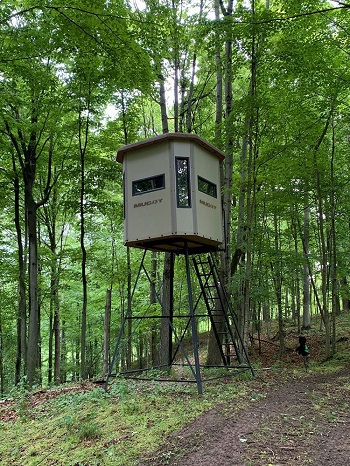
How you access is your stands is a critical component to whitetail property management.
Screening
Screening plays a very important role in accessing a hunting property. Screening can be achieved by planting vegetation, such as Egyptian Wheat, Sorghum, Sudan grass, or Miscanthus.
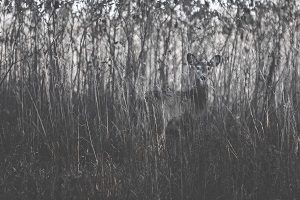
Screening cover can be achieved with Egyptian wheat, Sorghum, Sudan grass, or Miscanthus.
I do not recommend corn for screening. I don’t want deer feeding in a corn screen leading to a stand or blind locations. Hinge cutting trees and planting rows of pine, such as Norway spruce are other forms of screening.
Going forward, I will discuss the advantages and reasons for screening in future blogs.
-
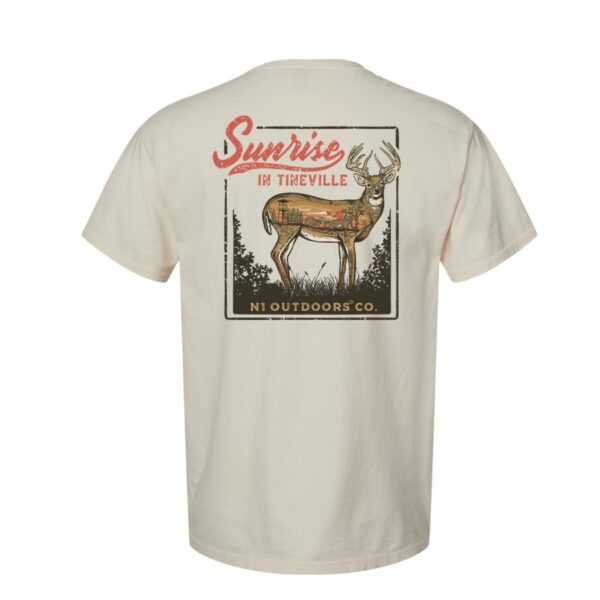
N1 Outdoors® Sunrise In Tineville™ Tee
$28.99 – $32.99 Select options This product has multiple variants. The options may be chosen on the product page -

N1 Outdoors® Dominion™ Tee
$26.99 – $32.99 Select options This product has multiple variants. The options may be chosen on the product page -
Sale!
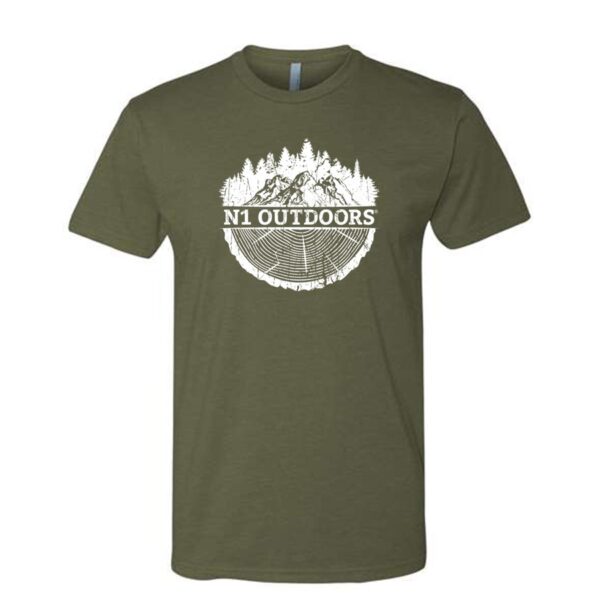
N1 Outdoors® “Lumber Mountain” Tee
$9.00 Select options This product has multiple variants. The options may be chosen on the product page
#2: What Food Sources For Deer Can Be Found On Your Property?
Are you implementing food plots currently? What kind of natural browse can be found on the property? If in Ag country, what are in those farm fields?
It is essential that you try your very best to provide as much food as possible, with food plots and natural browse for total year-round food sources.
When it comes to whitetails, try not to give deer any reason to leave your property so that you can increase the chances of finding those shed antlers in the spring from the bucks observed during the previous season.
You should also determine if food plots are already implemented on the property. What kinds of natural browse, hard mast and soft mast exist, if any. If your property is in farm country, determine what the farmers are planting, and the number of acres planted.
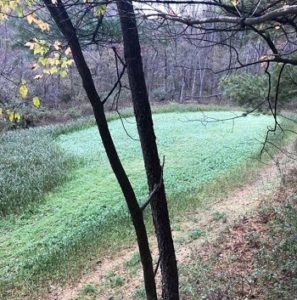
Clover and alfalfa food plots are great year-round food sources, while corn and soybeans work great in late season.
Will there be food plots from scratch? By that I mean, if food plots are going to be planted within the woods, will trees be cleared? If so, be sure to find the best tree in the area and develop the plot layout around it in association to access and exit strategy. The same applies for a ground blind setup.
>> Join our mailing List for news on all the latest N1 products!
By creating a plot from scratch, you can control how deer move through the plot.
Deer can be forced past a stand or ground blind by creating soft edges and pinch points that block a deer’s line of sight and peak curiosity, especially during the three phases of the rut.
Whitetail Food Plots Options
In my own experience, clover and alfalfa provide for the best year-round food source. But, I only recommend clovers and alfalfa being only 10-15% of the total amount of food available. Corn and soybeans are great sources during late season and are good winter-long foods.
Brassica, turnips, tillage (dicon) radishes, sunflowers and canola are a few other popular food sources for food plots. In large plots that exceed one acre or more, I like to design the plots to have a wide diversity of food sources for season long variety.
When you have one or two varieties of food in one plot and another variety of food in another plot 100 yards or more away, you inadvertently create stress on the resident deer.
So the more variety and diverse a food plot, the better. Just because seed blends are sometimes packaged individually, it doesn’t mean they can’t be blended with others.
My favorite plot food is a mixture of Antler Kings Honey Hole, Slam Dunk and Lights Out seed blends.
The forage oats in Lights Out provides for fast green up and early season food, while the brassica, turnips, radishes canola and buckwheat provide great mid and late season food.
When this mixture is seeded on the perimeter of a corn and or soybean field or plot, you’ve just created a smorgasbord for a slam dunk kill plot!
-
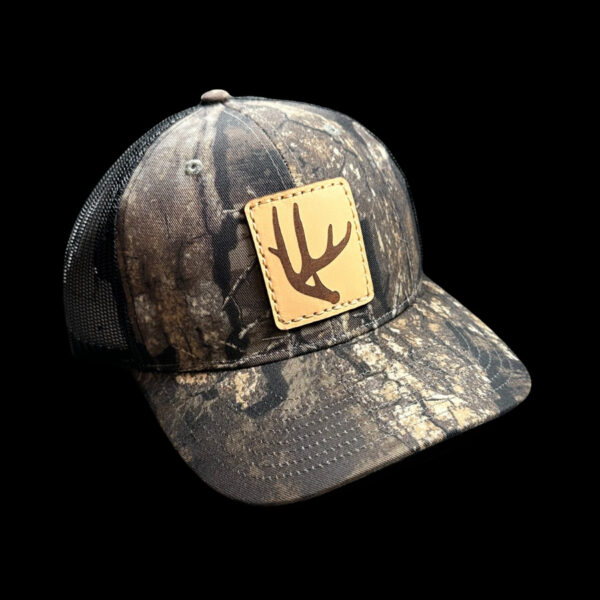
N1 Outdoors Deer® Antler Leather Patch Hat (Realtree Timber/Black)
$29.99 Select options This product has multiple variants. The options may be chosen on the product page -
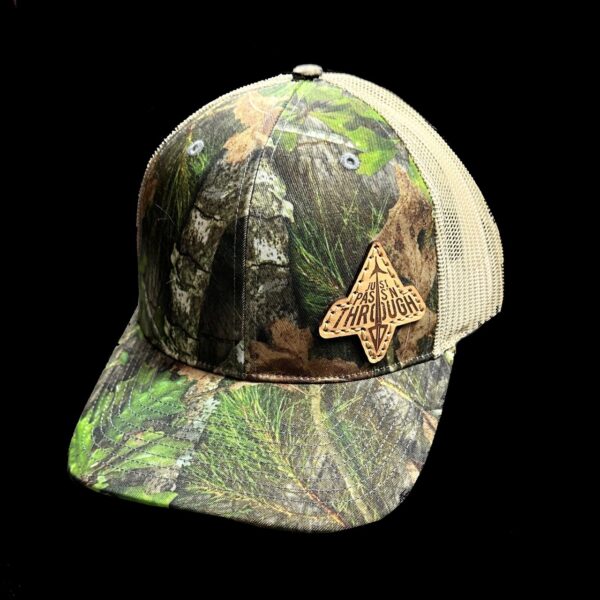
N1 Outdoors® Just Pass’N Through™ Leather Patch Hat (Mossy Oak Obsession/Khaki)
$29.99 Select options This product has multiple variants. The options may be chosen on the product page -
Sale!
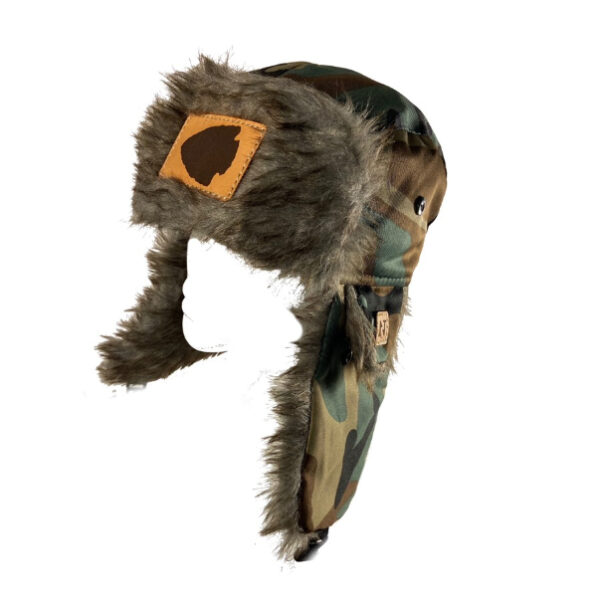
N1 Outdoors® Leather Patch Trapper Hat (Arrowhead – various patterns)
Original price was: $29.99.$9.00Current price is: $9.00. Select options This product has multiple variants. The options may be chosen on the product page
#3: Is there a water source?
One of the key things to determine about your hunting land or lease is whether or not there is a water source. If so, what type? A deer’s water preference isn’t always what you might think.
Water is a very important element to any deer, and all wild life, that lives on your property. On our own “proving grounds,” water is the #1 limiting factor on our property, and the element we have 100% control over.
You can create very simple, and inexpensive, watering holes. Simply use a 50-gallon barrel cut in half and bury to the top edge of the half barrel. Be sure to keep them full of water, especially during periods of dry weather conditions. To do this, I recommend a minimum of 150 gallons per water tank.
Ideally, pond development is the best form of water you can incorporate if it doesn’t already exist. For more information on wildlife pond creation, I recommend Zach Haas of Wisconsin Lake and Pond Resources, LLC. His services include:
- Consulting, planning and Design.
- Permitting where applicable
- Pond liner and fabric installation
- Beneficial aquatic planting design and installation
- Management and maintenance
- Solar aeration system installation
Check them out @ www.wisconsinlpr.com
-

N1 Outdoors® Duck Camo Block Logo Heavyweight Hoodie
$54.00 – $58.00 Select options This product has multiple variants. The options may be chosen on the product page -
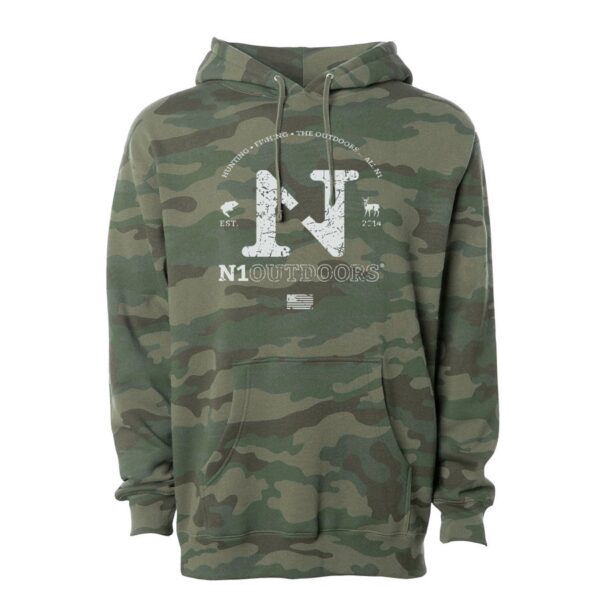
N1 Outdoors® Est. 2014 Forest Camo Heavyweight Sweatshirt Hoodie
$54.00 – $58.00 Select options This product has multiple variants. The options may be chosen on the product page -
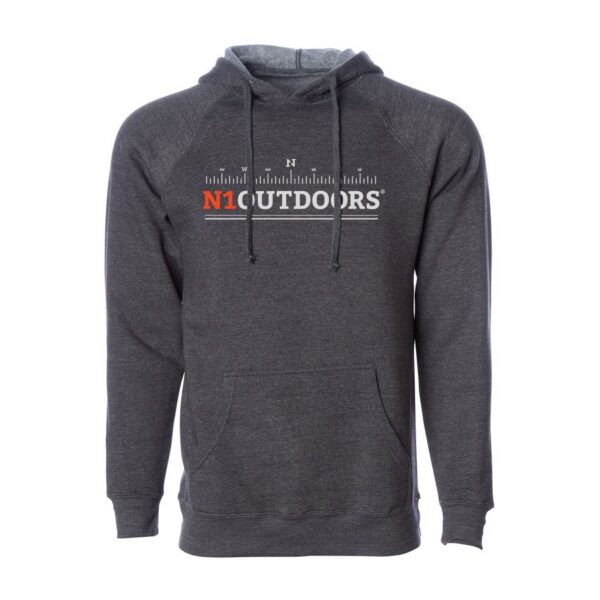
N1 Outdoors® Compass Pullover Hoodie
$49.00 – $52.00 Select options This product has multiple variants. The options may be chosen on the product page
#4: Where Are Deer Bedding?
What type of cover are the deer bedding in? Is there enough browse in that bedding area? Cover is very important when it comes to holding deer on your property.
You want to determine where the deer are bedding, (or where you want them to bed), and in what type of cover they are bedding.
Cover varies dramatically in fall/winter bedding to summer bedding locations. During the mid-late fall and through winter, deer prefer thick stem count, yet low, open canopies to allow for maximum sunlight for thermal cover.
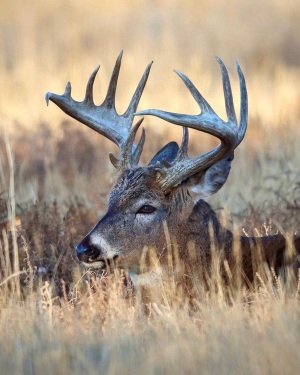
Deer prefer side cover over canopy cover so be sure your whitetail property has what they need to hold them there. (Photo by Jeff Coldwell)
In the summer, deer prefer open, high canopy, maximum shade and air flow, especially bucks with velvety antlers. If in hill country, like here in West Central Wisconsin, north-facing, high-canopy benches are preferred. In the fall and winter the opposite is true.
Where applicable, hinge cutting to provide side cover and allowing sunlight to penetrate the canopy, is a great way to enhance that fall/winter thermal bedding cover.
Remember, deer prefer side cover over canopy, and the biggest misconception of hinge cutting is that deer want to lay in open exposure to sunlight, and not under a hinged tree. Actually, deer want side cover!
Hinge cutting can be used in a wide variety of applications. Look for future written blogs and video on my Facebook and YouTube pages.
#5: Can You Use Mineral Supplementation?
The first thing you need to know when it comes to mineral supplementation is whether or not it is legal to supplement in your particular area? You also need to know where your mineral stations are in accordance to food and water.
To me, the use of a deer-specific, high-quality, mineral supplementation strategy is widely overlooked by even top-industry deer nutrition experts.
My background is dairy farming and livestock production. With any great nutrition program, mineral supplementation plays a key role in genetic maximization and forage utilization. I do not understand why some industry “experts” feel mineral supplementation isn’t necessary.
Even with top quality forage, that alone cannot provide adequate micro nutrients that deer need to maximize genetic potential.
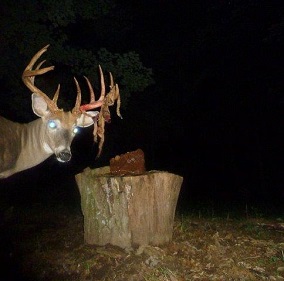
Mineral supplementation is often overlooked, but is a key piece of the puzzle when managing deer properties.
What holds true for maximum milk production in dairy cattle, is true when it comes to maximizing a deer’s genetic potential for antler development, for fetal development, and milk production in does for fawn consumption and strong, healthy fawns. Mineral supplementation is critical to each.
Again, pay attention to state and local regulations when it comes to mineral supplementation.
Conclusion
These are the five areas I emphasize the most when I visit a client’s property. I also emphasize them on my own “proving grounds” in my home state of Wisconsin (the Coulee Region of West Central Wisconsin, to be exact).
As with any habitat plan or consultation I perform, I break things down into much further detail, and discuss other topics as well.
I find these five points to be the most common topics when it comes to managing any ground for mature whitetails.
Hopefully this information is helpful in your quest to manage and harvest bigger whitetails.
When it comes to any management plan, it doesn’t have to break the bank. And, we want to keep the plan implementation fun.
For more detailed information on the topics discussed in this blog, and other topics, find me on Facebook and YouTube at EpicWhitetailHabitat, LLC and on Instagram @EpicWhitetailHabitat, or contact me directly at:
Ryan Nordahl
Epic whitetail Habitat LLC
W11124 Neperud Rd
Osseo, WI 54758
715-299-0134
Epicwhitetailhabitat@gmail.com

